Advice
How to spot and avoid clocked, cloned or stolen cars
Buying a used car should be worry-free. Follow our tips to learn how to spot the dupes and make sure your pre-loved car doesn’t have a dark past.
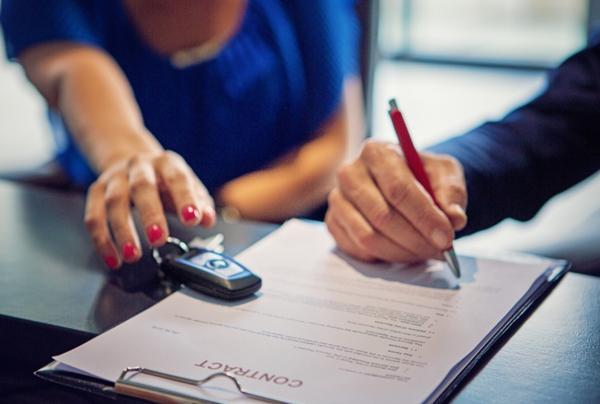

Words by: Auto Trader

Additional words by: Andrew Woodhouse
Last updated on 17 February 2022 | 0 min read
In 2021, the UK police reported over 48,000 cars as stolen to the DVLA. What you may not know is that many of these end up being sold in the used car market, meaning you could end up accidentally buying one.
Auto Trader carries out a basic vehicle check on all cars that are listed on-site to make sure they haven’t been reported as stolen. It pays to know your stuff though. If you buy a car that turns out to be stolen, even if the vehicle was bought in good faith, the police can seize it. If it has been bought on finance; the lender can still demand payment, even if you didn’t sign the finance contract yourself. Therefore, it’s definitely best to know the facts so you can make a worry-free purchase and avoid any nasty surprises further down the line.
Auto Trader carries out a basic vehicle check on all cars that are listed on-site to make sure they haven’t been reported as stolen. It pays to know your stuff though. If you buy a car that turns out to be stolen, even if the vehicle was bought in good faith, the police can seize it. If it has been bought on finance; the lender can still demand payment, even if you didn’t sign the finance contract yourself. Therefore, it’s definitely best to know the facts so you can make a worry-free purchase and avoid any nasty surprises further down the line.
How to spot a stolen car
You might have thought it’s easy to spot a stolen car, but the reality is that stolen cars can often appear perfectly legitimate without so much as a scratch on them. Here are some top tips to help reduce the risk of buying a stolen vehicle:
• Ask to see an original copy of the V5C registration document – also known as the logbook – and check it carries its DVLA watermark. • Check the car's number plate and Vehicle Identification Number (VIN) match those recorded on the logbook. • Don't buy a car without its logbook. Stolen vehicles are often sold this way, with the seller claiming it has been sent to the DVLA for updating. Whilst it may be the case, there’s no way of checking, so don’t risk it. • Ensure the seller’s address on the logbook matches the one on their driving licence or utility bill. • Invest in a full vehicle check to get crucial data such as registration plate changes and the number of previous owners from a range of trusted sources, including the police database, DVLA, insurance companies and finance houses, for your peace of mind. Stolen vehicles are usually passed on with a new identity: new plates, new colour and fake paperwork, so it pays to have all of the correct information available to you before you buy one accidentally. According to the RAC, used car history checks identify nearly 30 stolen vehicles a day. If you do end up buying a stolen vehicle and it is recovered by the police, you could end up losing both the car and the money you used to pay for it. Getting a full vehicle history check would provide you with the most up to date information on the vehicle you want to buy and ensure peace of mind whilst shopping.
• Ask to see an original copy of the V5C registration document – also known as the logbook – and check it carries its DVLA watermark. • Check the car's number plate and Vehicle Identification Number (VIN) match those recorded on the logbook. • Don't buy a car without its logbook. Stolen vehicles are often sold this way, with the seller claiming it has been sent to the DVLA for updating. Whilst it may be the case, there’s no way of checking, so don’t risk it. • Ensure the seller’s address on the logbook matches the one on their driving licence or utility bill. • Invest in a full vehicle check to get crucial data such as registration plate changes and the number of previous owners from a range of trusted sources, including the police database, DVLA, insurance companies and finance houses, for your peace of mind. Stolen vehicles are usually passed on with a new identity: new plates, new colour and fake paperwork, so it pays to have all of the correct information available to you before you buy one accidentally. According to the RAC, used car history checks identify nearly 30 stolen vehicles a day. If you do end up buying a stolen vehicle and it is recovered by the police, you could end up losing both the car and the money you used to pay for it. Getting a full vehicle history check would provide you with the most up to date information on the vehicle you want to buy and ensure peace of mind whilst shopping.
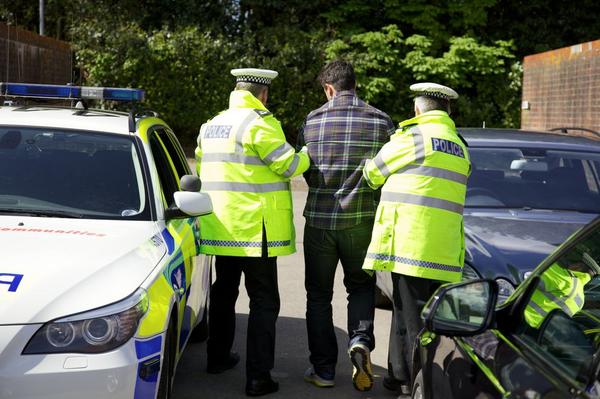
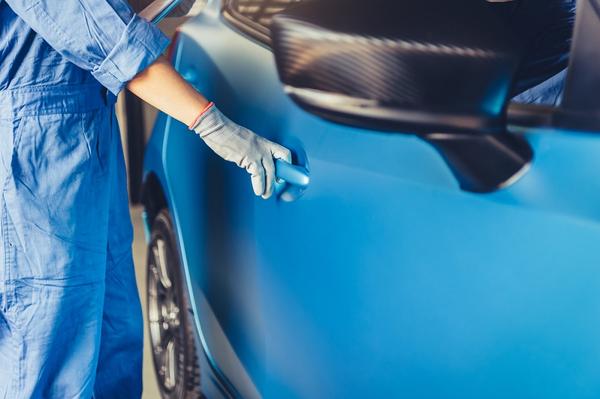
What is a clocked car?
A clocked vehicle is one where a dishonest seller has tampered with (i.e. reduced) the mileage recorded on the odometer, generally to increase the car's value. That means vehicles with high mileage could be passed off as having a low mileage to an unwitting buyer, who then overpays for the inconvenience.
You should avoid clocked cars because a higher mileage usually means the car won’t last as long and you’re more likely to run into issues with it down the line. Not to mention it’ll be worth a lot less than you imagined when you sell it on.
You should avoid clocked cars because a higher mileage usually means the car won’t last as long and you’re more likely to run into issues with it down the line. Not to mention it’ll be worth a lot less than you imagined when you sell it on.
How to spot a clocked car
Cars may sometimes be able to hide their true mileage with a fresh paint job and a quick service, but there are some tell-tale signs when it comes to clocked cars.
To spot a clocked vehicle: • Check the mileage on the odometer on the dashboard with the car's service history and old MOT certificates. Alternatively, visit GOV.UK to check the MOT history. • Check the car's general condition matches its age and mileage. Wear on the seats and steering wheel or lots of stone chips can point to high mileage. If the car has patchy service history or none at all, a full vehicle check can help verify the mileage along with other key information. Learn more about vehicle checks here
To spot a clocked vehicle: • Check the mileage on the odometer on the dashboard with the car's service history and old MOT certificates. Alternatively, visit GOV.UK to check the MOT history. • Check the car's general condition matches its age and mileage. Wear on the seats and steering wheel or lots of stone chips can point to high mileage. If the car has patchy service history or none at all, a full vehicle check can help verify the mileage along with other key information. Learn more about vehicle checks here
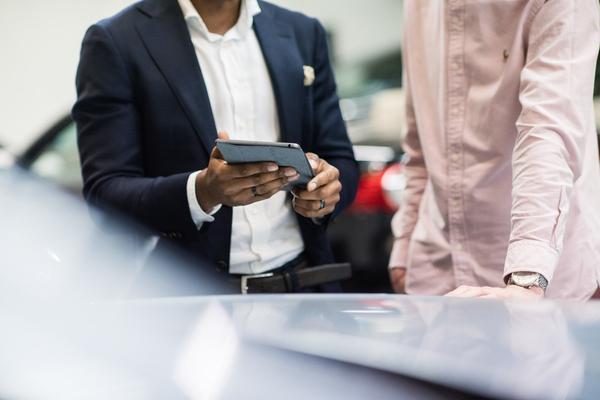
What is car cloning?
A vehicle that wears the stolen number plates from an identical model is known as a clone. Clones are not necessarily stolen vehicles – some criminals use stolen number plates to avoid parking or speeding fines and leave the owner of the genuine vehicle to pick up the bill.
How to spot a cloned vehicle
Many owners are unaware they’re a victim of car cloning until fines begin arriving through the door. Unfortunately, if your car is cloned, it’s your duty to prove your innocence and the car you paid for can be confiscated and returned to the original owner or the insurance company.
If you don’t, you could land in serious trouble with the police and have further fines to pay, so it pays to be aware. To spot a cloned vehicle: • Always check the number plate and Vehicle Identification Number (VIN) matches those appearing in the logbook. • Check for signs of damaged number plates or evidence they have been recently removed or replaced. • Get a full vehicle history check. A vehicle check can provide clues to identify a clone, such as colour, trim specification and, in some cases, mileage. • Trust your instincts. If the deal sounds too good to be true or you don’t like the answers you’re hearing, you can walk away.
If you don’t, you could land in serious trouble with the police and have further fines to pay, so it pays to be aware. To spot a cloned vehicle: • Always check the number plate and Vehicle Identification Number (VIN) matches those appearing in the logbook. • Check for signs of damaged number plates or evidence they have been recently removed or replaced. • Get a full vehicle history check. A vehicle check can provide clues to identify a clone, such as colour, trim specification and, in some cases, mileage. • Trust your instincts. If the deal sounds too good to be true or you don’t like the answers you’re hearing, you can walk away.


What is car ringing?
A ‘ringer’ is a stolen vehicle that has had its VIN (Vehicle Identification Number) replaced by a VIN from another written-off model and is subsequently supplied with fake documentation.
If you buy a ringer, it doesn’t legally belong to you, and you’ll have to return the car to its rightful owner or insurance company if and when it’s traced back to you.
If you buy a ringer, it doesn’t legally belong to you, and you’ll have to return the car to its rightful owner or insurance company if and when it’s traced back to you.
How to spot car ringing
You can find the VIN on a small plate riveted under the bonnet and stamped on the vehicle’s chassis, under the carpet beside the front seat. The VIN can sometimes be found on the door pillar or at the base of the windscreen, too.
It may not always be easy to spot a ringer, but you can follow these steps to avoid being scammed: • Ensure the V5C registration document (logbook) is genuine, with a DVLA watermark running through it. • Check for tampering around the VIN numbers. • Make sure there is a satisfactory amount of paperwork. • If in doubt, always get a vehicle check, because having the information in your hands is the only way to know for sure.
It may not always be easy to spot a ringer, but you can follow these steps to avoid being scammed: • Ensure the V5C registration document (logbook) is genuine, with a DVLA watermark running through it. • Check for tampering around the VIN numbers. • Make sure there is a satisfactory amount of paperwork. • If in doubt, always get a vehicle check, because having the information in your hands is the only way to know for sure.
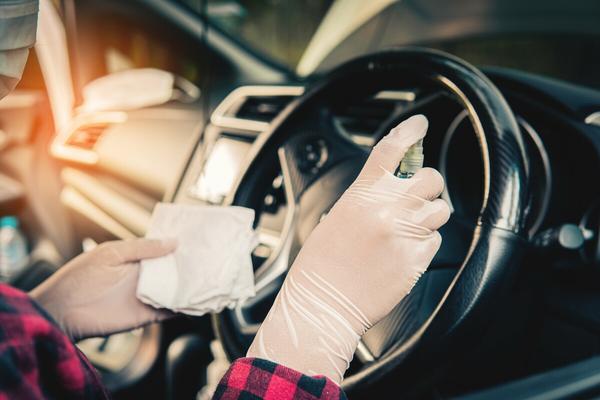
What is a cut and shut car?
A 'cut and shut' is the name given to a vehicle where the remains of two or more cars have been welded together to create a ‘new’ model.
When you take safety into account, you quickly realise why cut and shut cars are a bad idea. Even the most skilled welder in the world can’t make a cut and shut car anywhere near as safe as one that hasn’t been tampered with. Therefore, the structural integrity of a cut and shut is seriously compromised and can lead to serious injuries in a crash.
When you take safety into account, you quickly realise why cut and shut cars are a bad idea. Even the most skilled welder in the world can’t make a cut and shut car anywhere near as safe as one that hasn’t been tampered with. Therefore, the structural integrity of a cut and shut is seriously compromised and can lead to serious injuries in a crash.
How to spot a cut and shut
There are some tell-tale signs which would suggest that the car in question is a cut and shut.
Follow these tips to avoid putting yourself in danger: • Check the car in good lighting. Examine the windscreen pillars and the middle section of the vehicle for signs of welding. Also, pull the carpets and trim away for signs of hidden welds. • Look for poor paintwork or colours that don’t match properly, and check for paint accidentally sprayed on glass seals and trim. • Watch out for badly fitting or mismatched trim. • A vehicle check will highlight if a vehicle has been stolen or written off. A cut and shut could be both!
Follow these tips to avoid putting yourself in danger: • Check the car in good lighting. Examine the windscreen pillars and the middle section of the vehicle for signs of welding. Also, pull the carpets and trim away for signs of hidden welds. • Look for poor paintwork or colours that don’t match properly, and check for paint accidentally sprayed on glass seals and trim. • Watch out for badly fitting or mismatched trim. • A vehicle check will highlight if a vehicle has been stolen or written off. A cut and shut could be both!

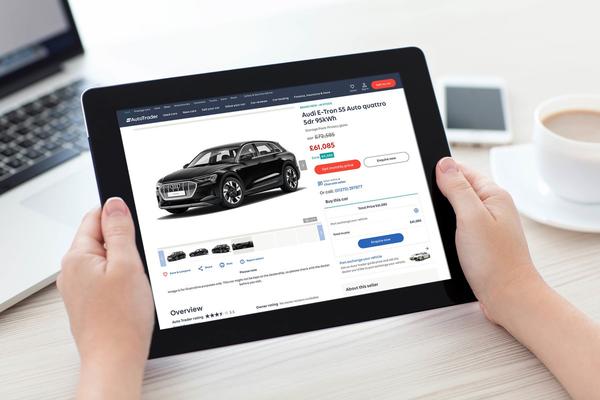
Does Auto Trader check for clocked, stolen or unsafe cars?
Auto Trader runs a five-point basic vehicle check on all vehicles advertised on the website. This checks if a car has been stolen, scrapped, written-off, imported or exported. We won’t advertise a car if a check reveals it’s been stolen, scrapped or recorded as Category A or B write-off.
As well as our five basic checks, some sellers have purchased our full vehicle check on the cars they’re advertising which includes checks for mileage discrepancies and outstanding finance. Although this may mean you can see a summary of the car's history, you won’t have a data guarantee of up to £30,000 should any information be incorrect. Data can always change so it is strongly recommended that you get a vehicle history check with a data guarantee for peace of mind. Now that you’ve learned how to spot and avoid stolen, cloned and clocked cars, you should put the theory to the test, because it’s also important to physically check a vehicle. Go slow, perform your checks carefully and always check the VRM (Vehicle Registration Mark, better known as your registration plate) and the VIN (Vehicle Identification Number) on the registration document. Oh, and always trust your gut. Learn more on how to stay safe buying a car online here
As well as our five basic checks, some sellers have purchased our full vehicle check on the cars they’re advertising which includes checks for mileage discrepancies and outstanding finance. Although this may mean you can see a summary of the car's history, you won’t have a data guarantee of up to £30,000 should any information be incorrect. Data can always change so it is strongly recommended that you get a vehicle history check with a data guarantee for peace of mind. Now that you’ve learned how to spot and avoid stolen, cloned and clocked cars, you should put the theory to the test, because it’s also important to physically check a vehicle. Go slow, perform your checks carefully and always check the VRM (Vehicle Registration Mark, better known as your registration plate) and the VIN (Vehicle Identification Number) on the registration document. Oh, and always trust your gut. Learn more on how to stay safe buying a car online here